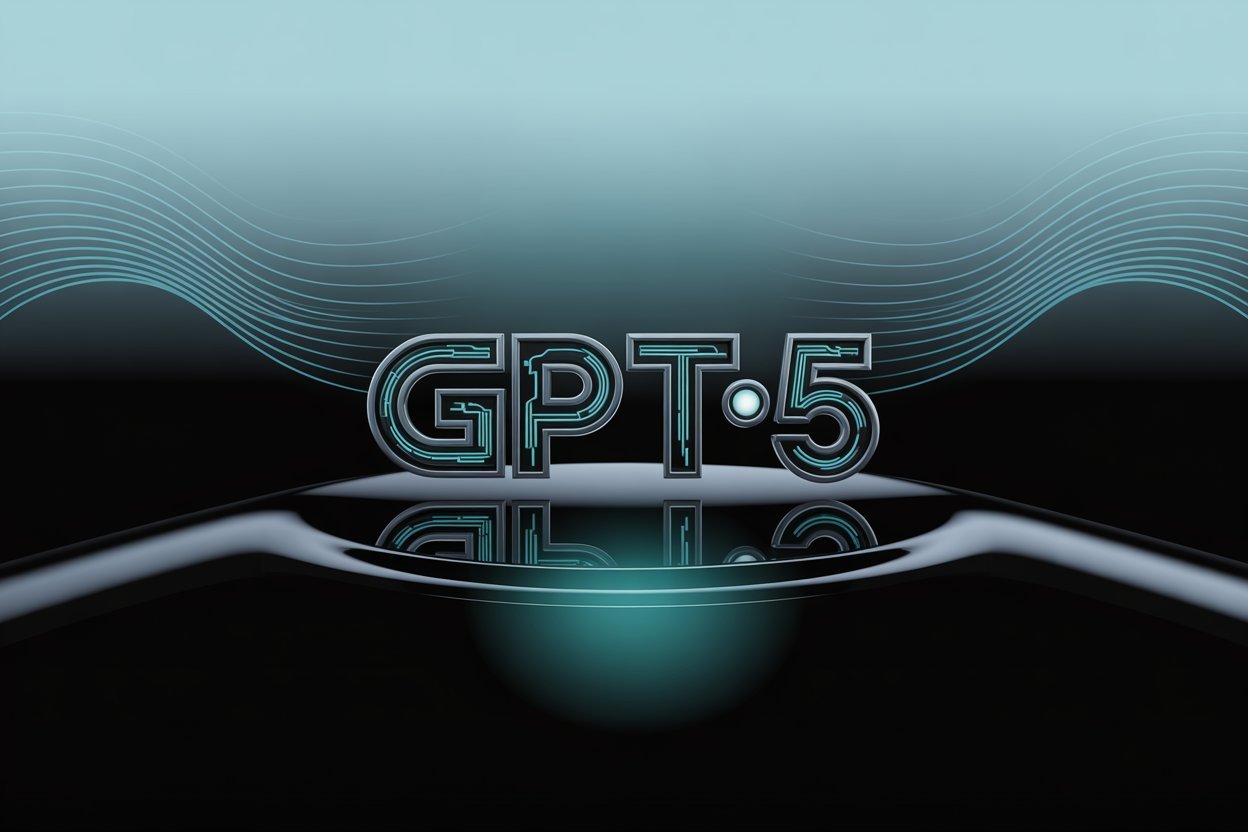
Introduction
On August 7, 2025, OpenAI unveiled GPT‑5, its most advanced AI model yet—now accessible to all ChatGPT users, including both free and paid tiers.
What’s New in GPT‑5?
Unified Intelligent System
GPT‑5 integrates standard and reasoning models into a single, dynamic system. It intelligently decides whether to respond quickly or apply deeper reasoning based on your prompt.
Expert-Level Capabilities
Often likened to consulting a PhD‑level expert, GPT‑5 excels across domains—from coding and writing to health, math, finance, and law.
Coding & Reasoning Breakthroughs
- Achieves new records on benchmarks like SWE‑Bench Verified (74.9%) and Aider Polyglot (88%), outperforming predecessors.OpenAI
- Excels in long-context and tool-based tasks, with strong performance on τ²‑Bench Telecom (96.7%) and long-context Q&A tasks.
Faster, Safer, More Reliable
GPT‑5 delivers quicker responses, improved factual accuracy, and significantly reduced hallucinations. It can also admit when it can’t complete a request.

Who Can Use GPT‑5 & What’s Included?
Access Tiers
- Free users: Limited but available access.
- Plus subscribers: Higher usage limits by default.
- Pro subscribers ($200/month): Unlimited access and exclusive GPT‑5 Pro with extended reasoning.
Business & Dev Access
- Team customers already have access; Enterprise and Edu tiers roll out next week.
- GPT‑5 is available via the OpenAI API, partitioned into
gpt-5,gpt-5‑mini, andgpt-5‑nano—each designed for different cost and latency needs. OpenAI+1
Special Features & Customization
- Custom UI themes: Paid users can personalize the chat interface and personality style.
- Calendar & email integration: Pro users can link Gmail and Google Calendar for personalized reminders and scheduling.
Looking Ahead
GPT‑5 is being closely watched as a potential barometer for progress toward Artificial General Intelligence (AGI)—though OpenAI emphasizes it hasn’t reached continuous learning or full AGI yet.
The AI industry is ramping up rapidly—with investments nearing $400 billion from major players and OpenAI eyeing a potential valuation near $500 billion.
GPT‑5 vs GPT‑4: What’s New & What’s Better?
OpenAI’s GPT‑5 marks a significant leap over GPT‑4, delivering substantial improvements in speed, reasoning, and versatility. Here’s a breakdown of how GPT‑5 outperforms its predecessor:
1. Smarter Reasoning Capabilities
GPT‑5 is better at understanding complex queries and applying deeper reasoning. It combines both fast response handling and high-level logical analysis, automatically adjusting based on your prompt — something GPT‑4 did not do as seamlessly.
Example: GPT‑5 handles multi-step math, legal logic, and even abstract questions far more accurately than GPT‑4.
2. Faster, More Efficient Responses
GPT‑5 responds more quickly and concisely, especially in multi-turn conversations. While GPT‑4 sometimes lagged or got off-topic, GPT‑5 is trained to stay focused and deliver relevant responses rapidly.
This is due to GPT‑5’s integrated architecture, which removes the need to switch between models like GPT‑4 and GPT‑4‑Turbo.
3. Fewer Hallucinations & More Accuracy
OpenAI trained GPT‑5 with enhanced techniques to reduce hallucinations (AI-generated false facts). It now confidently says “I don’t know” when it reaches a knowledge gap — a big step forward in trust and safety.
4. Superior Coding & Task Execution
GPT‑5 excels in real-world coding use cases, achieving:
- 74.9% on SWE‑Bench Verified vs. ~60% by GPT‑4
- 88% on Aider Polyglot for developer code assistance
It also handles larger context windows, enabling better memory and execution across long documents or codebases.
5. Personalization & Tool Integration
GPT‑5 allows custom personalities, UI themes, and even integrates with Gmail and Google Calendar (Pro users only). GPT‑4 offered none of these built-in productivity features.
Conclusion
OpenAI’s GPT‑5 marks a milestone—offering smarter, faster, and more versatile AI to billions of users and businesses. Whether you’re crafting code, querying health advice, or setting up schedules—GPT‑5 is poised to redefine AI-driven productivity.
